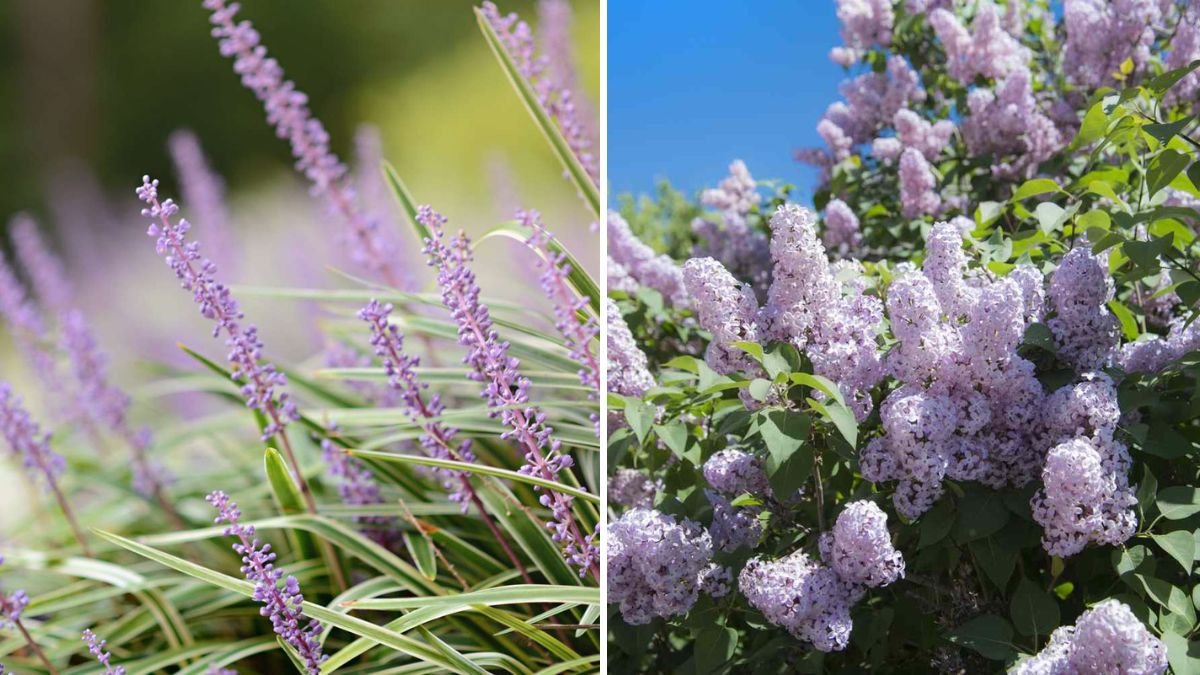Dividing plants is a popular gardening technique to rejuvenate overgrown perennials, increase your plant stock, and improve flowering or fruiting. While division can benefit many species, spring is not the right time for all plants. Dividing at the wrong stage of growth can stress plants, reduce flowering, and even kill them. Understanding which plants should never be divided in spring—and why—is crucial for a healthy garden.
This article explores seven plants you should avoid dividing in spring, explaining the reasons and the best timing for each.
1. Peonies
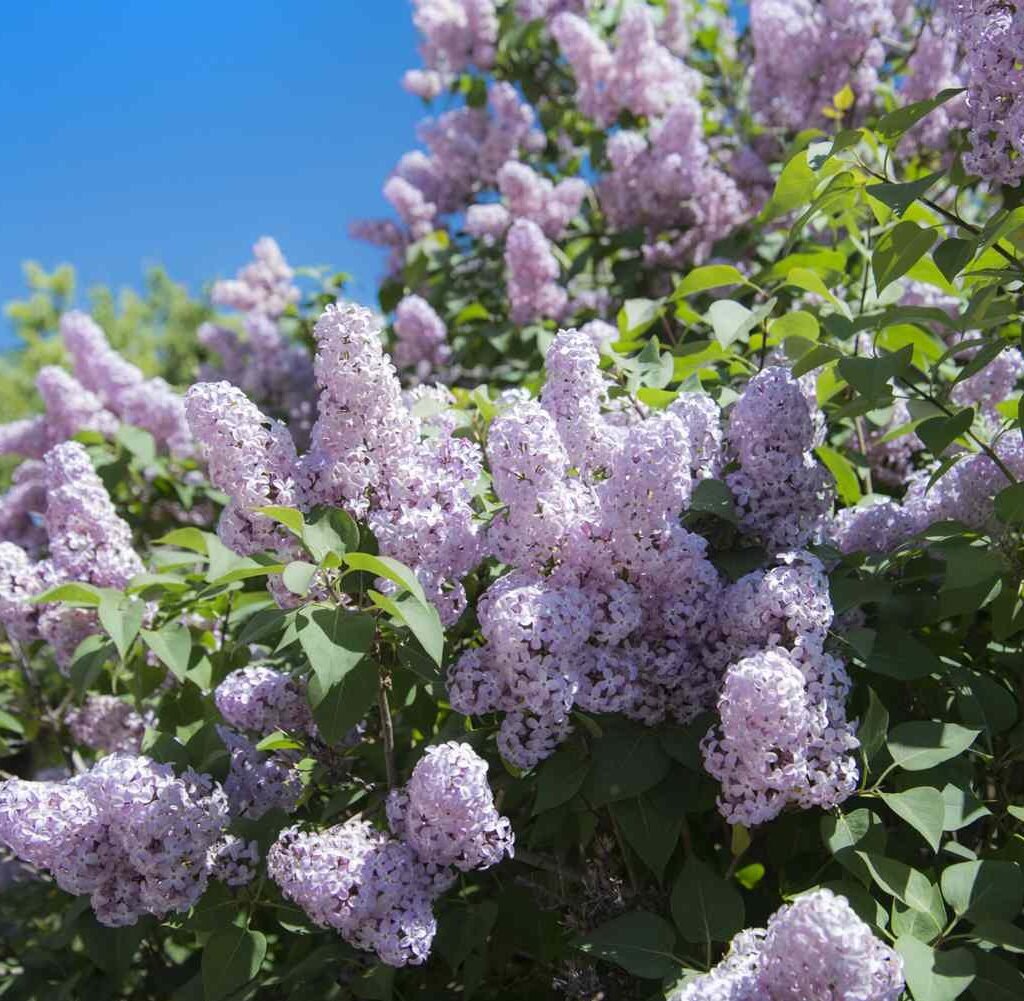
Why You Shouldn’t Divide in Spring
Peonies are notorious for being slow to establish. Dividing them in spring, when they are just emerging from dormancy, can damage their delicate new shoots and severely reduce blooming for several years.
Effects of Early Division
- Wounded roots may rot if exposed to moisture.
- Reduced or no blooms in the following season.
- Stress on the plant can lead to poor growth and susceptibility to disease.
Best Time to Divide
- Late fall, after the plant has finished flowering and leaves have died back.
- Wait until the plant is fully dormant to minimize shock.
2. Lilies
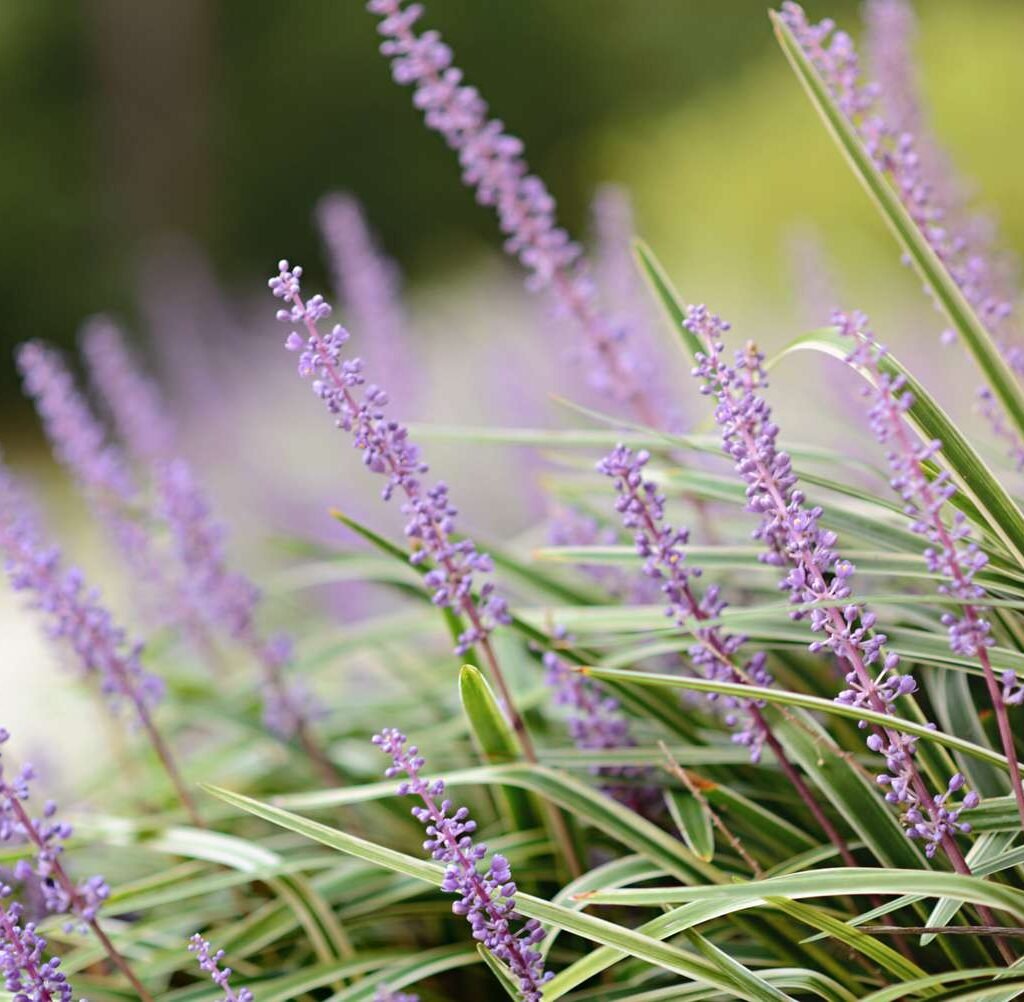
Why You Shouldn’t Divide in Spring
Lilies produce bulbs that store energy for the growing season. Dividing them in spring can remove energy reserves needed for flowering and leaf development.
Effects of Early Division
- Stunted or delayed blooms.
- Weak root establishment.
- Increased risk of rot in cold, wet spring soil.
Best Time to Divide
- Late summer or early fall, after the foliage has died naturally.
- Bulbs can then establish roots before winter dormancy.
3. Hostas
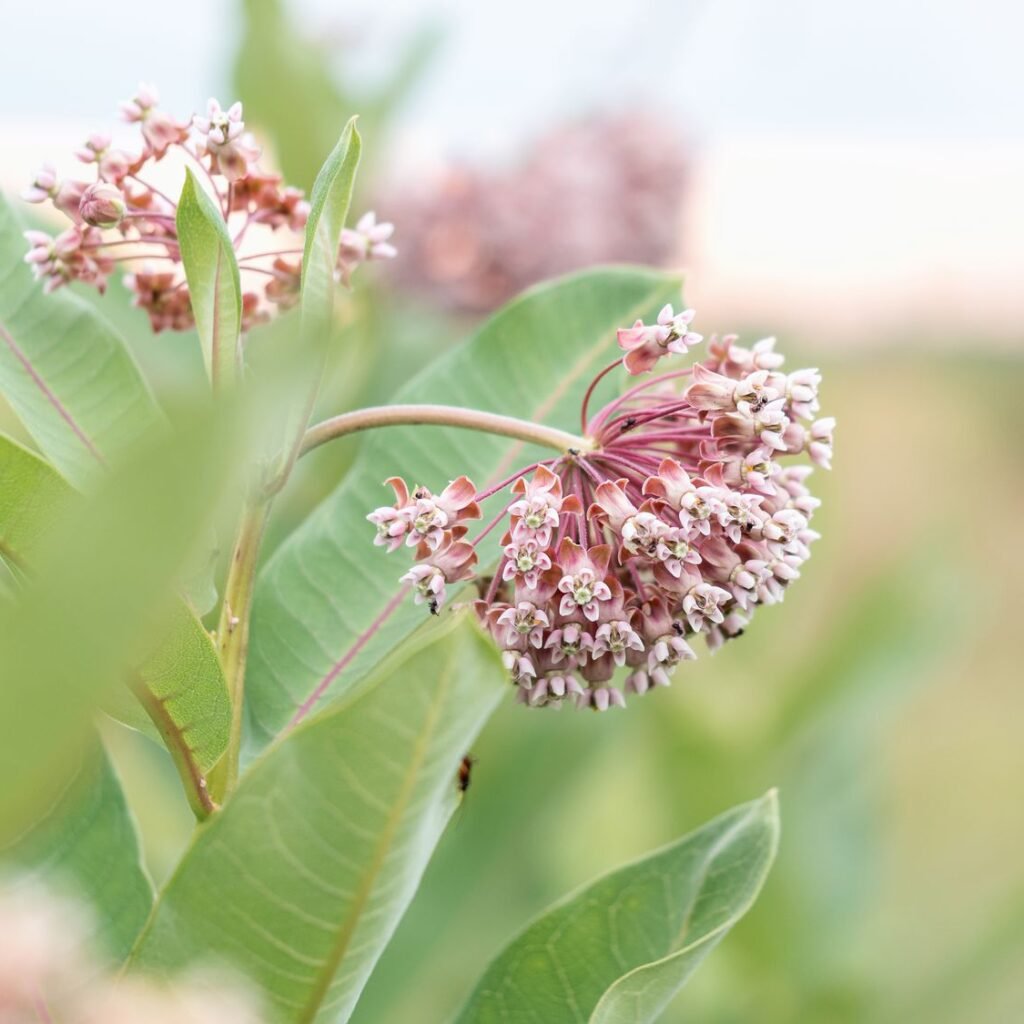
Why You Shouldn’t Divide in Spring
Hostas emerge from the soil in spring with tender shoots. Dividing too early can easily damage these shoots, reducing vigor and flowering potential.
Effects of Early Division
- Broken crowns or damaged roots.
- Slow recovery and uneven growth.
- Reduced ornamental appeal for the season.
Best Time to Divide
- Late summer or early fall, once foliage is mature.
- Dividing during this period allows roots to establish before the plant enters winter dormancy.
4. Asparagus
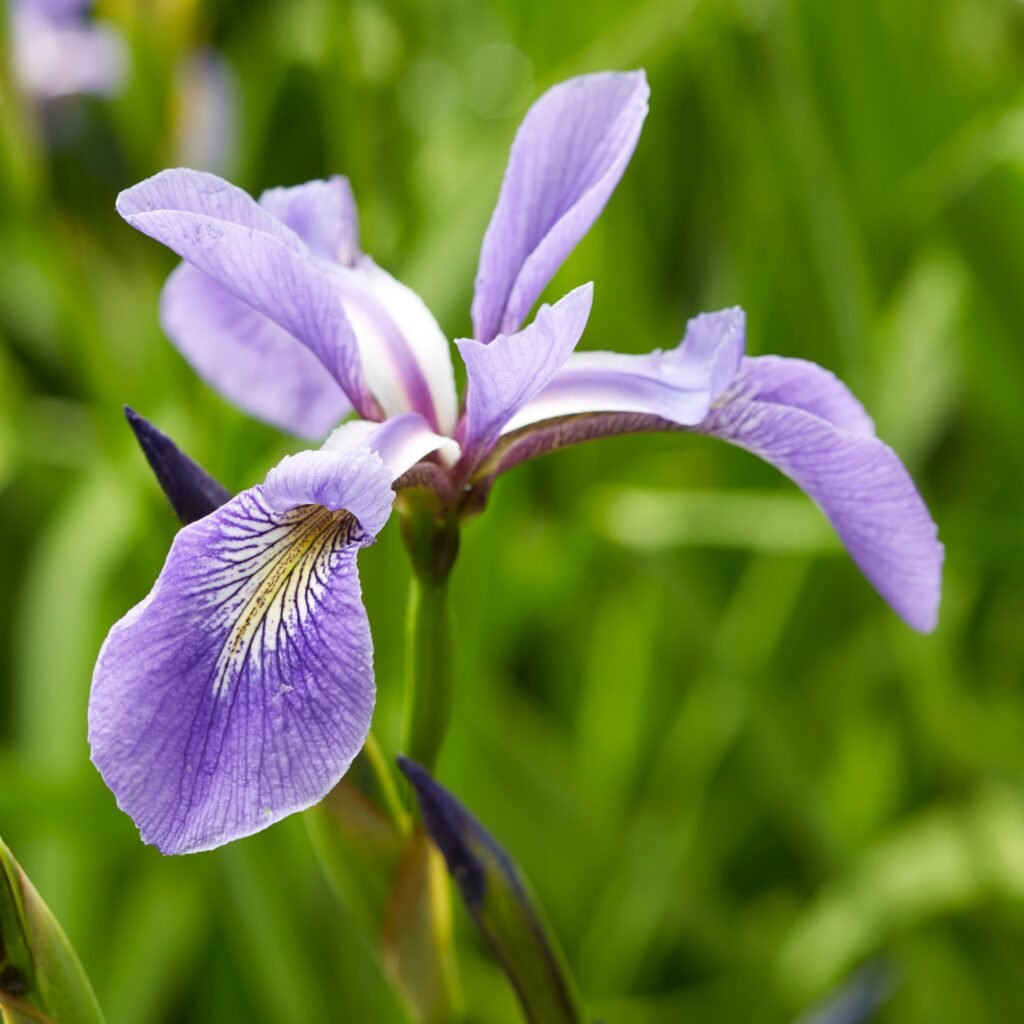
Why You Shouldn’t Divide in Spring
Asparagus is a perennial vegetable that sends up delicate spears in spring. Dividing crowns at this stage can disrupt spear production and reduce yields for years.
Effects of Early Division
- Weak spears or reduced harvest.
- Stress on the root system, increasing susceptibility to pests and disease.
Best Time to Divide
- Late fall, when the plant is dormant.
- Allows roots to recover before the next spring growth cycle.
5. Iris (Bearded Iris)
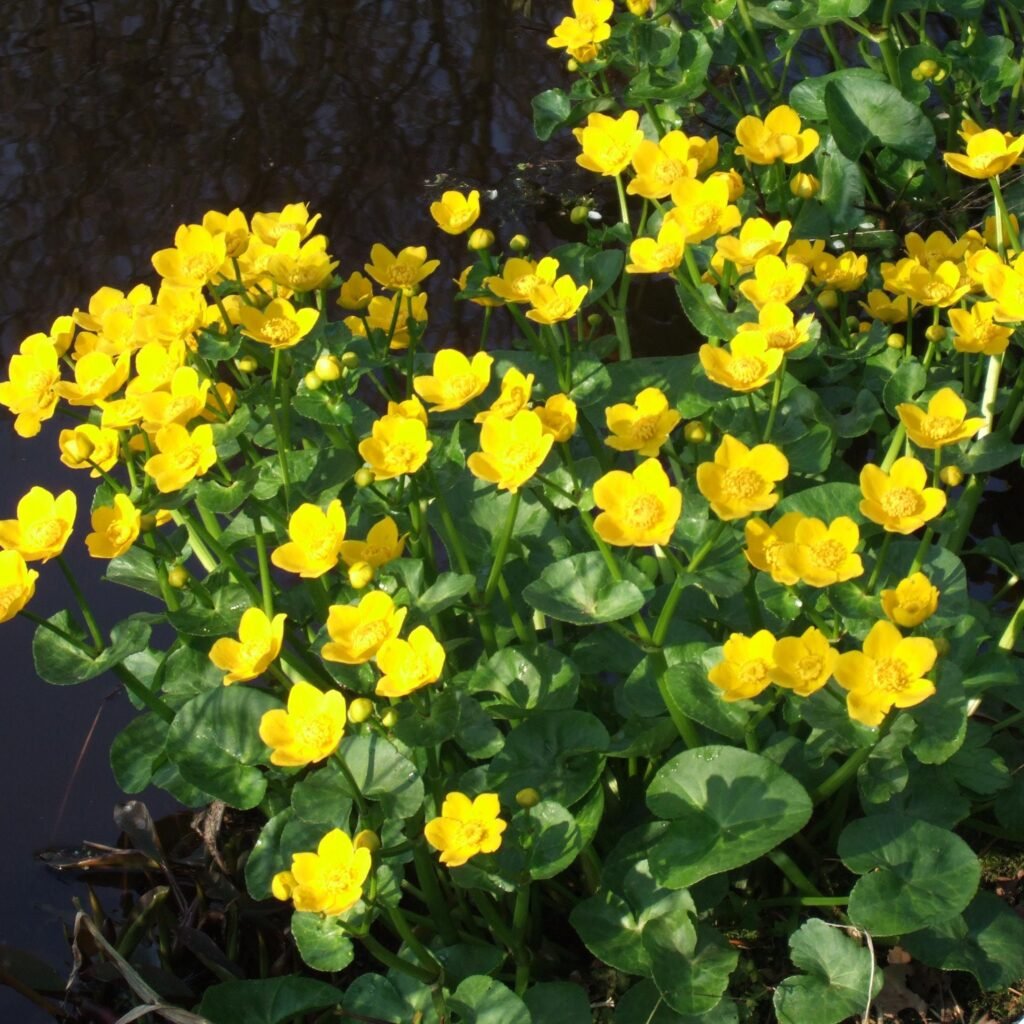
Why You Shouldn’t Divide in Spring
Bearded irises send up new shoots in early spring, and their rhizomes are vulnerable at this stage. Dividing too soon can damage buds and reduce flowering.
Effects of Early Division
- Fewer or no flowers in the upcoming season.
- Increased risk of rot due to exposed rhizomes.
Best Time to Divide
- Late summer, after flowering has finished.
- Dividing then allows rhizomes to settle and produce strong foliage before winter.
6. Bleeding Hearts (Dicentra)
Why You Shouldn’t Divide in Spring
Bleeding hearts produce delicate emerging shoots in spring. Dividing them during active growth can break stems and roots, causing the plant to weaken or die.
Effects of Early Division
- Loss of emerging foliage and flowers.
- Plant may fail to recover in the same season.
Best Time to Divide
- Late summer, after foliage begins to yellow and die back naturally.
- Dividing at dormancy reduces stress and supports healthy regrowth.
7. Ferns
Why You Shouldn’t Divide in Spring
Ferns start producing new fronds in spring, which are tender and easily damaged. Dividing at this time can harm the crown and roots, slowing recovery.
Effects of Early Division
- Broken crowns leading to weak or no fronds.
- Susceptibility to fungal diseases in damp spring conditions.
Best Time to Divide
- Late summer or early fall, when fronds have matured.
- Divisions have time to establish roots before winter dormancy.
General Tips for Dividing Plants Safely
- Know Your Plant: Always research your plant species’ growth and dormancy cycles.
- Use Clean Tools: Sterilize knives or spades to prevent disease transmission.
- Water Before and After: Ensure soil is moist to reduce transplant shock.
- Avoid Fertilizer Immediately: Wait until plants are well-established after division.
- Handle Roots Gently: Damaged roots increase stress and recovery time.
Conclusion
While dividing perennials and bulbs is an effective way to rejuvenate plants and propagate new ones, timing is everything. Dividing the wrong plants in spring can lead to reduced blooms, stunted growth, or even plant death.
The seven plants you should never divide in spring are:
- Peonies – wait until late fall.
- Lilies – divide after foliage dies in late summer.
- Hostas – divide late summer or early fall.
- Asparagus – divide in dormant fall season.
- Bearded Irises – divide after flowering in late summer.
- Bleeding Hearts – divide after foliage dies back in late summer.
- Ferns – divide once fronds are mature in late summer.
Following proper timing ensures that your garden plants thrive, flower abundantly, and maintain strong root systems for years to come. By respecting their natural cycles, you can enjoy a lush, healthy garden without compromising plant vitality.
